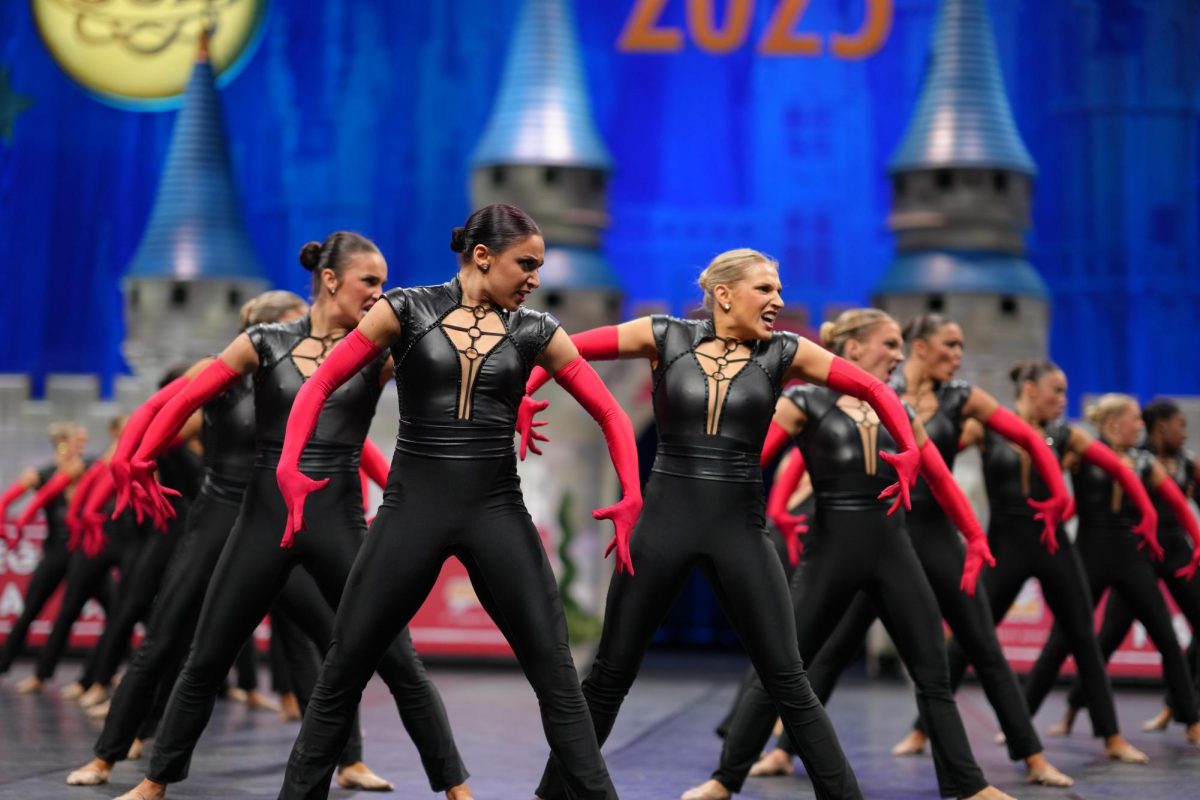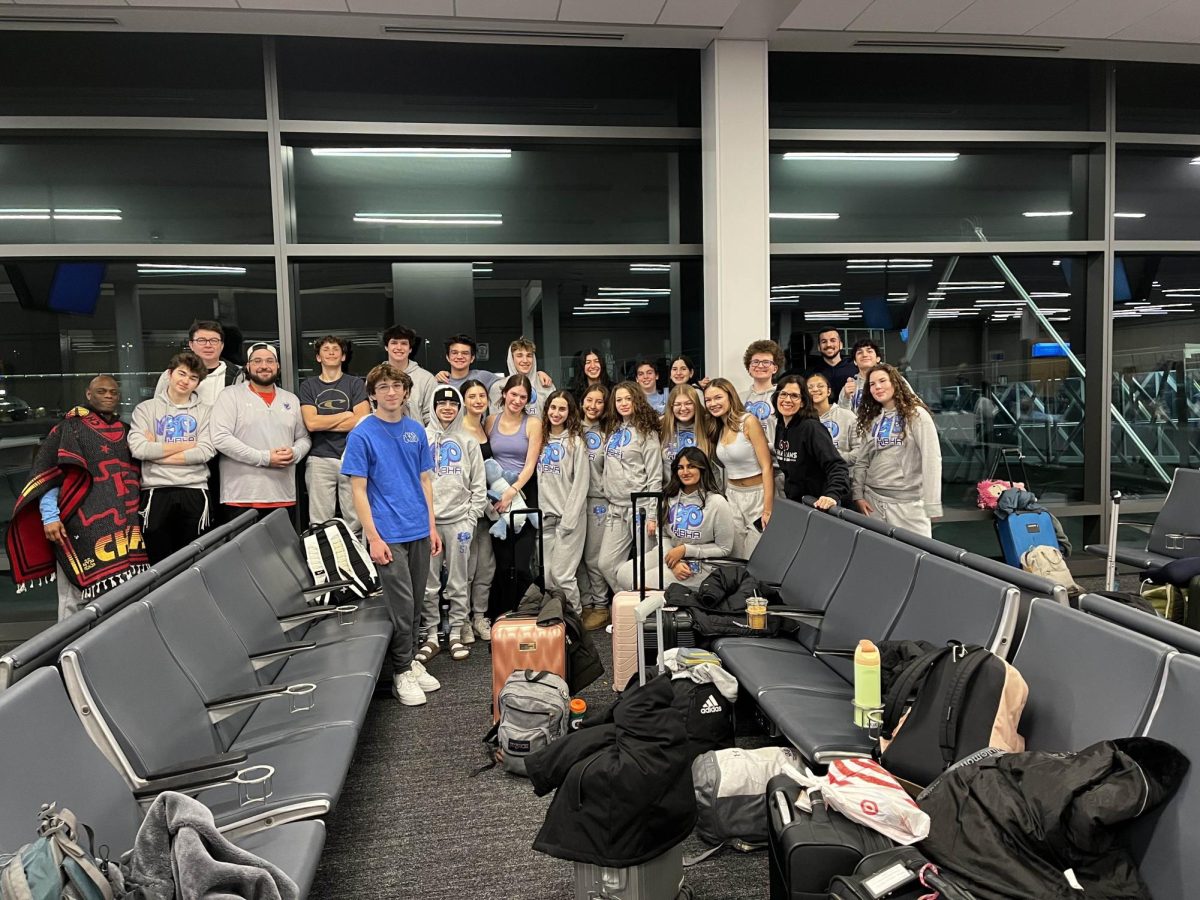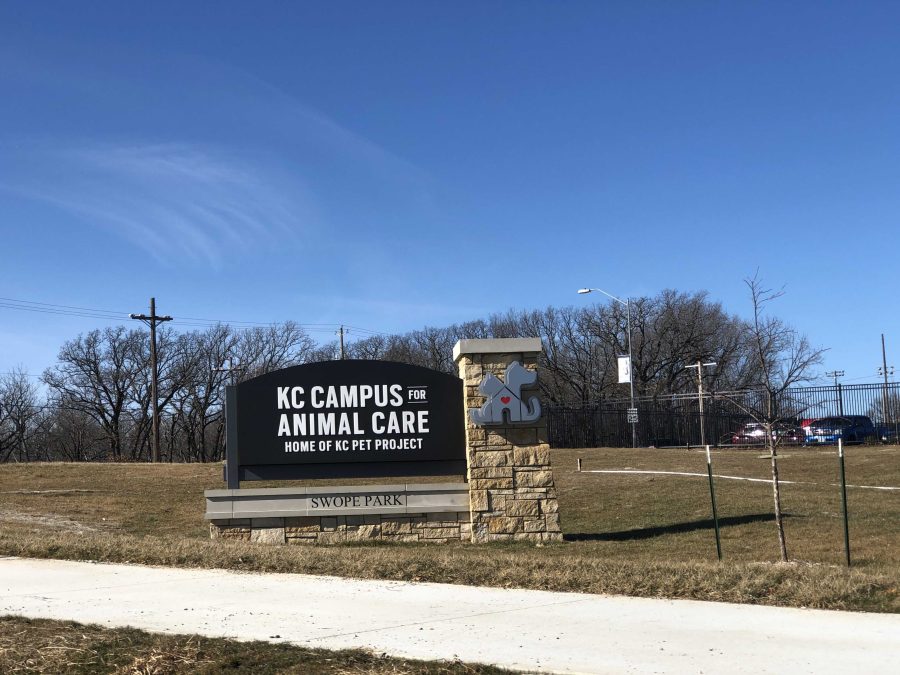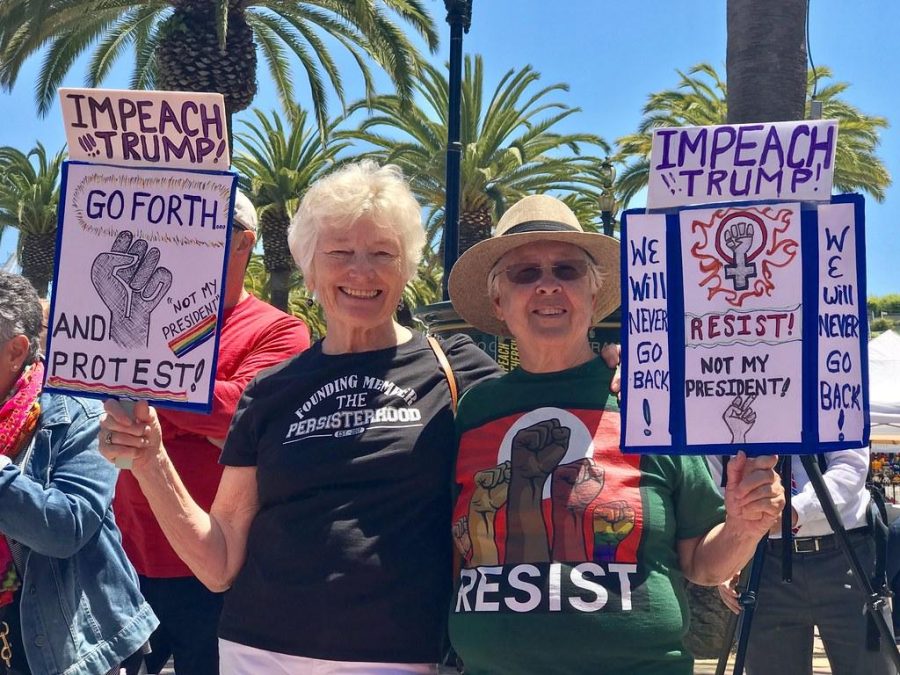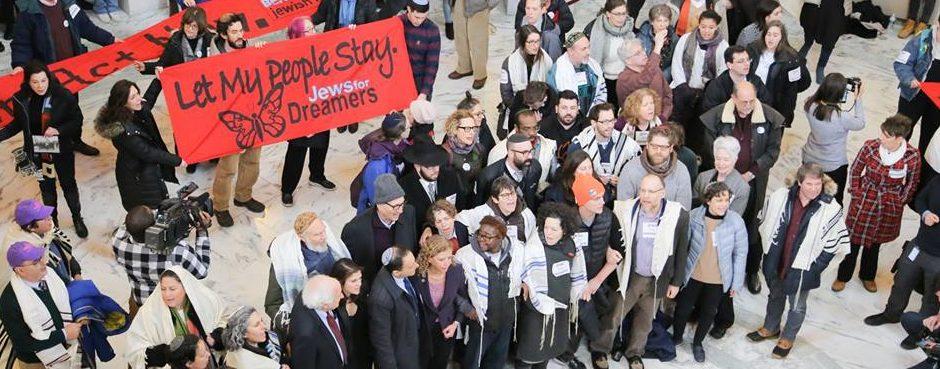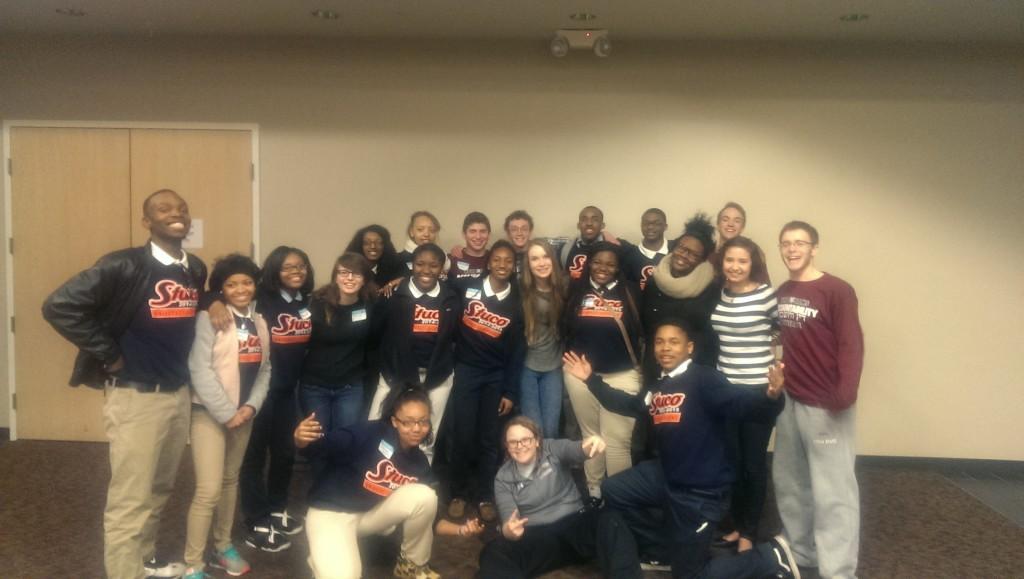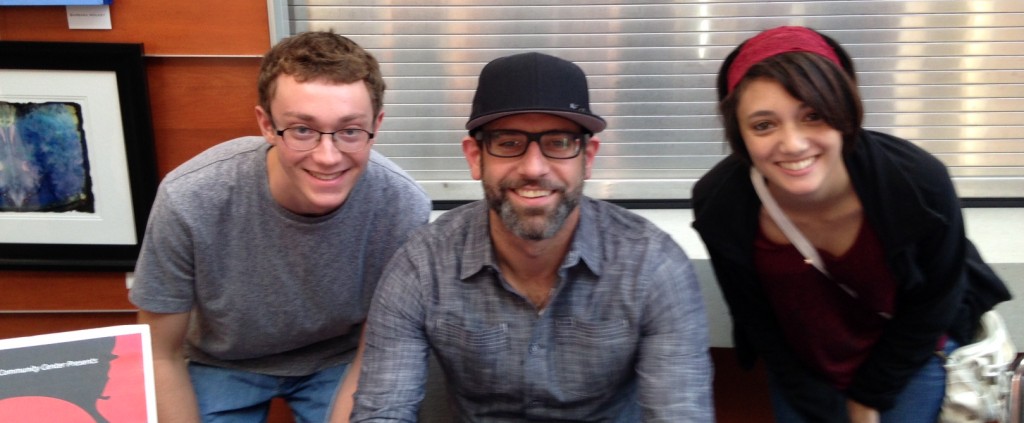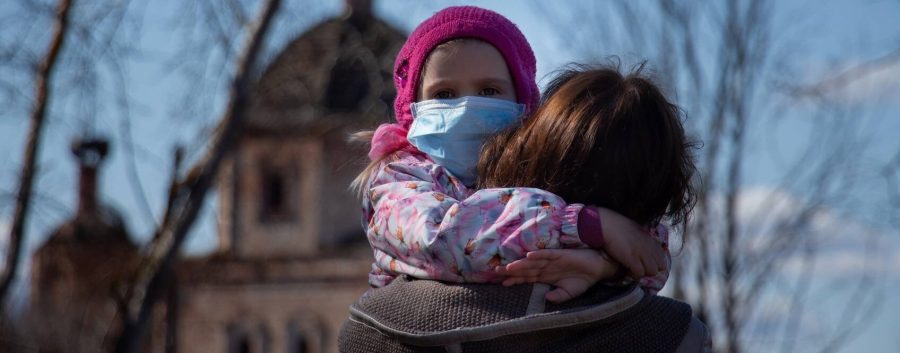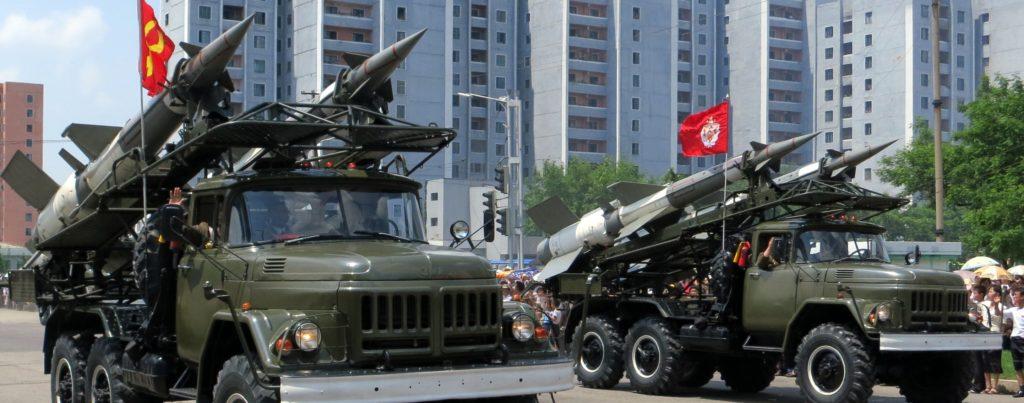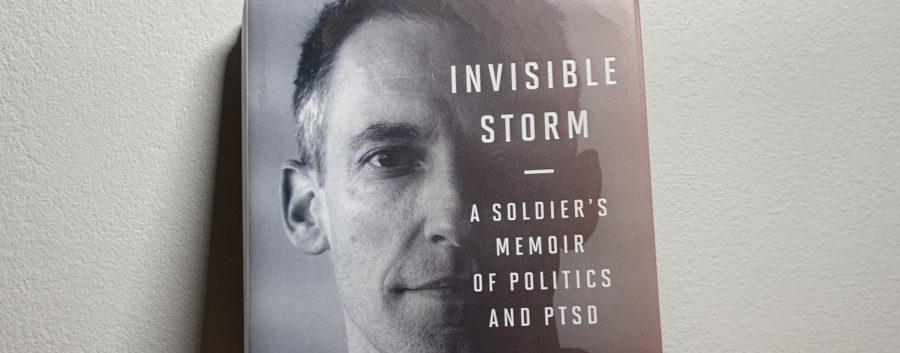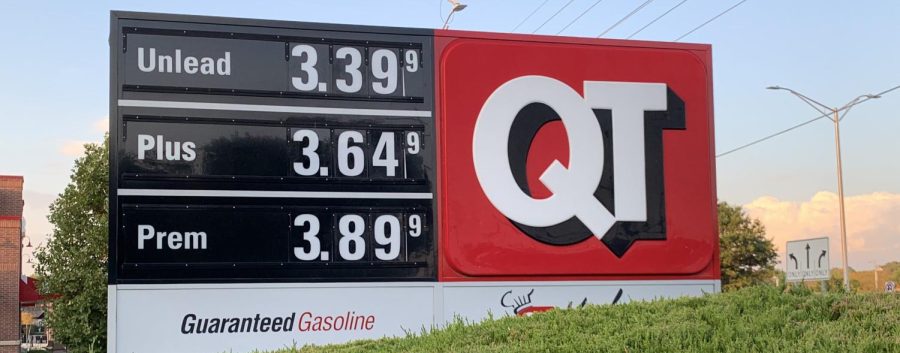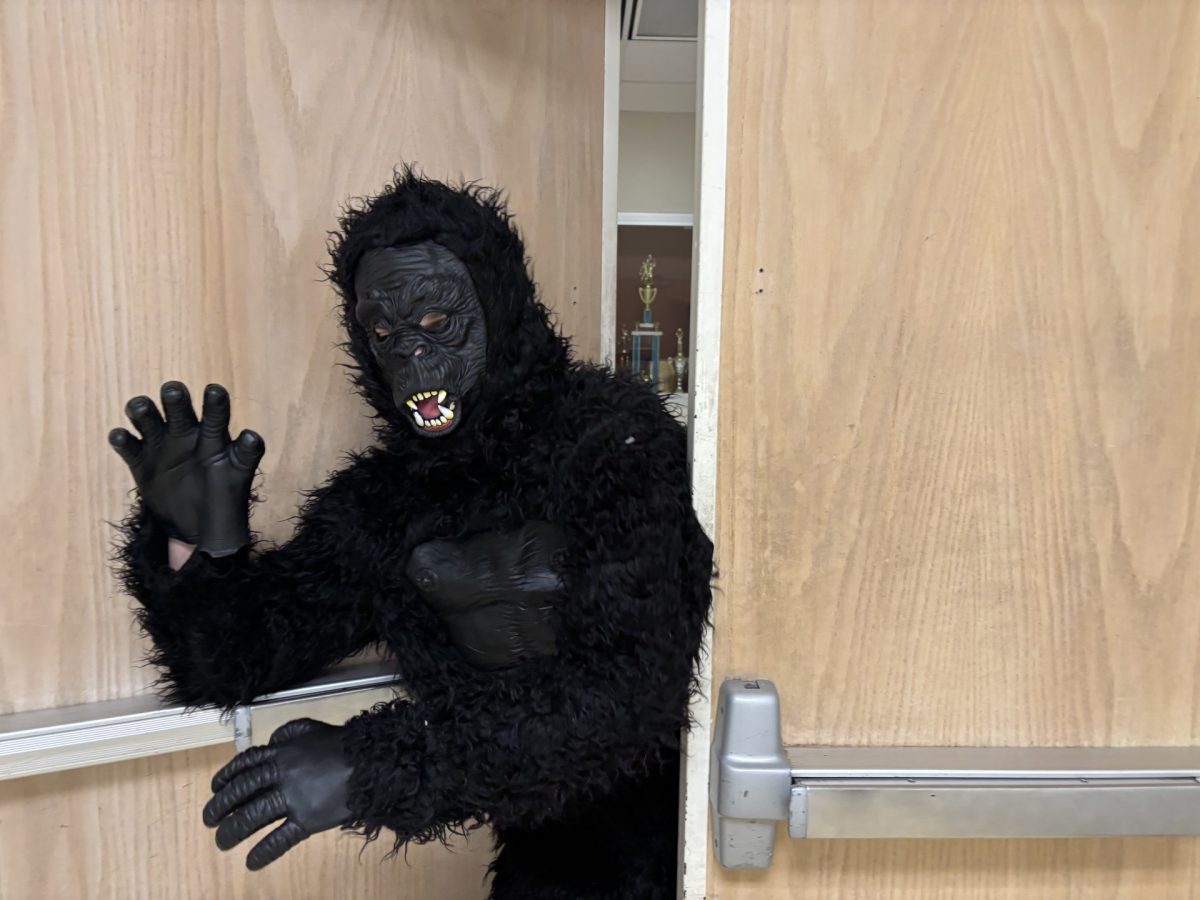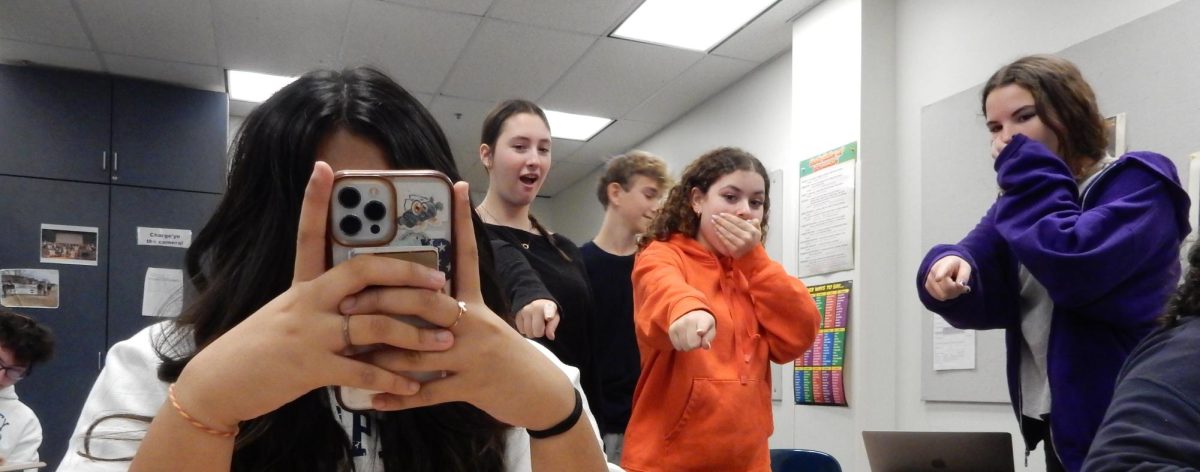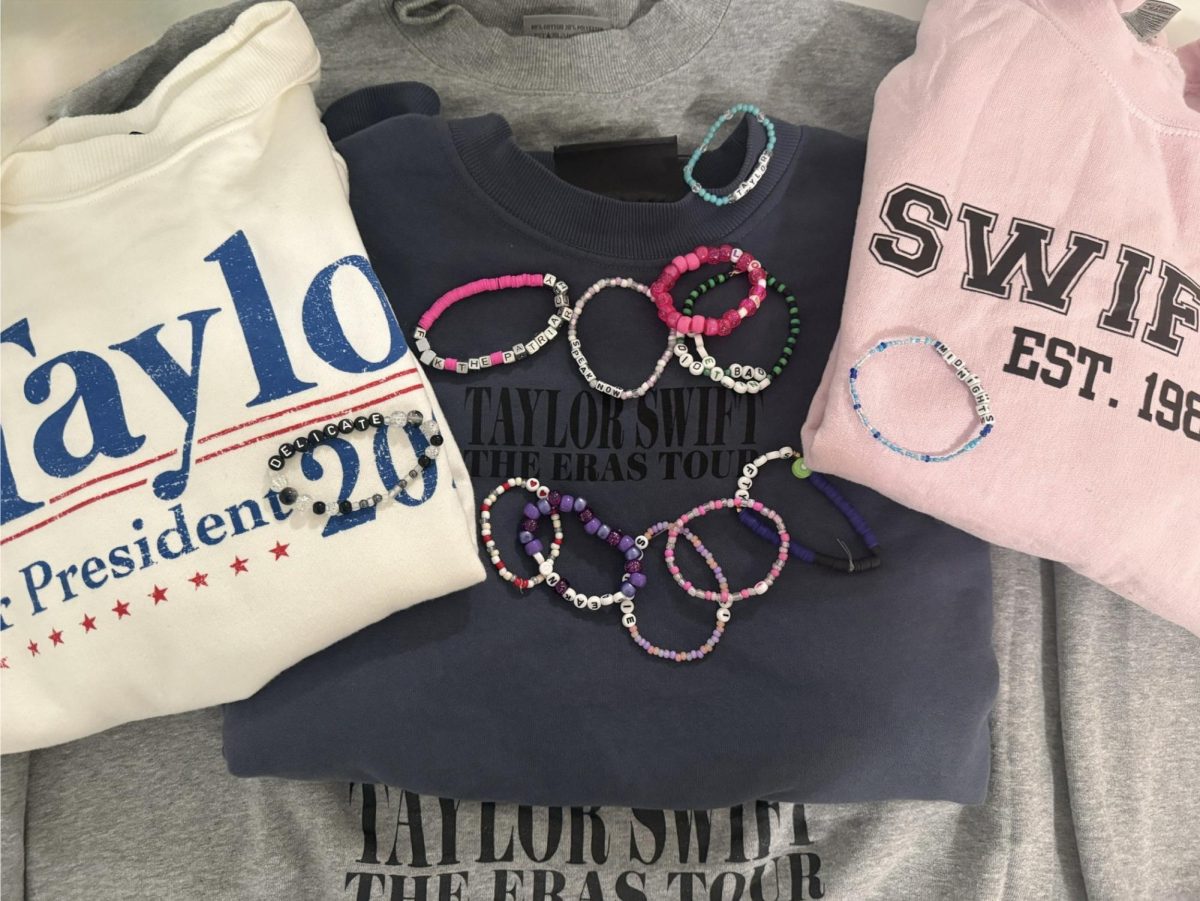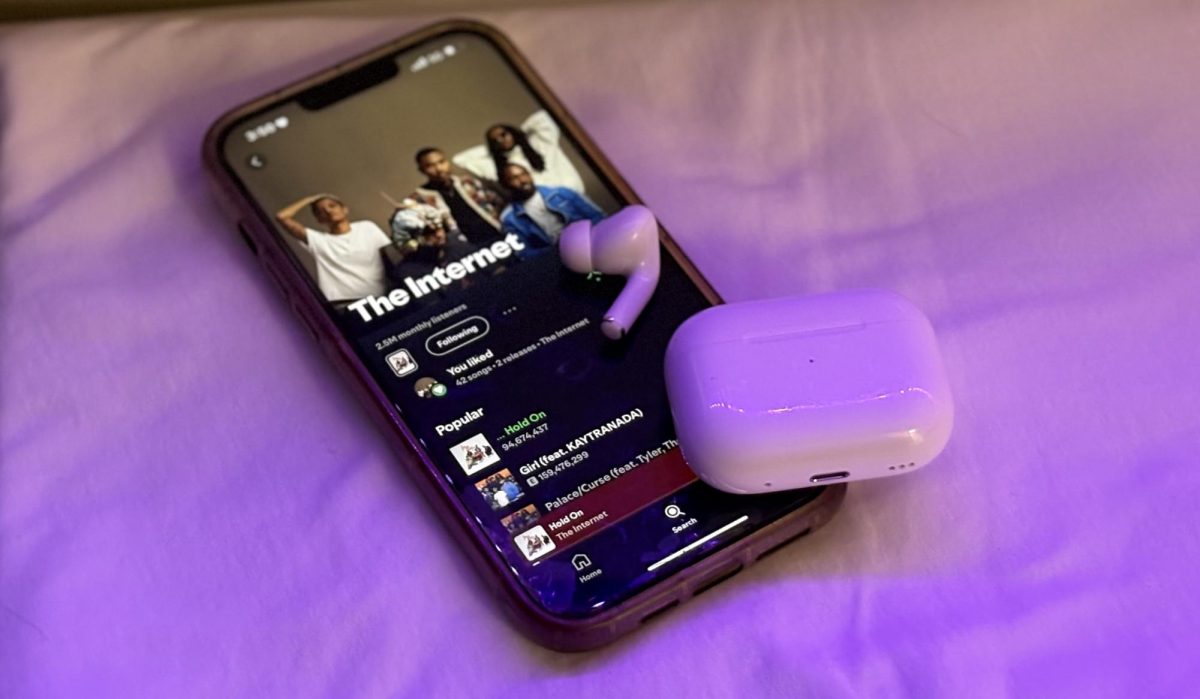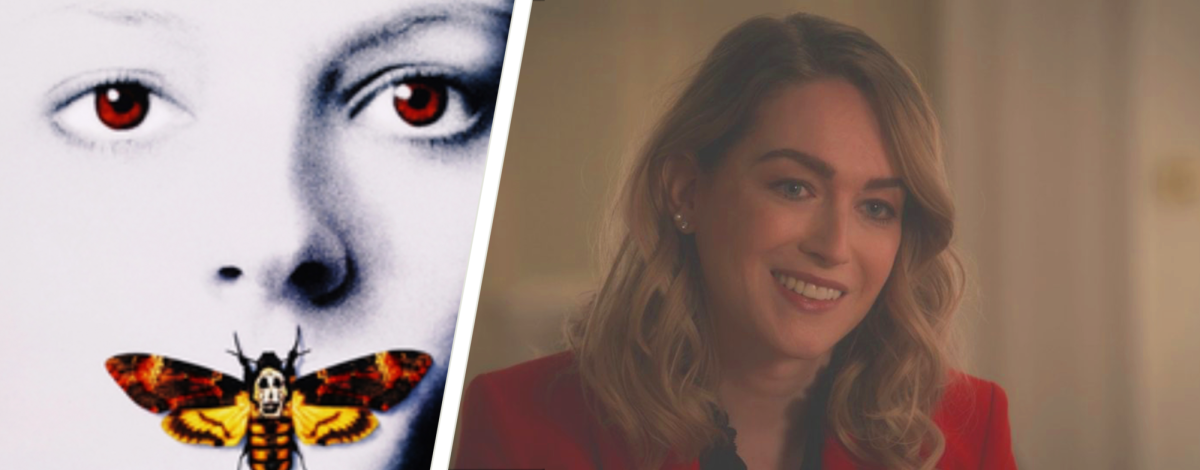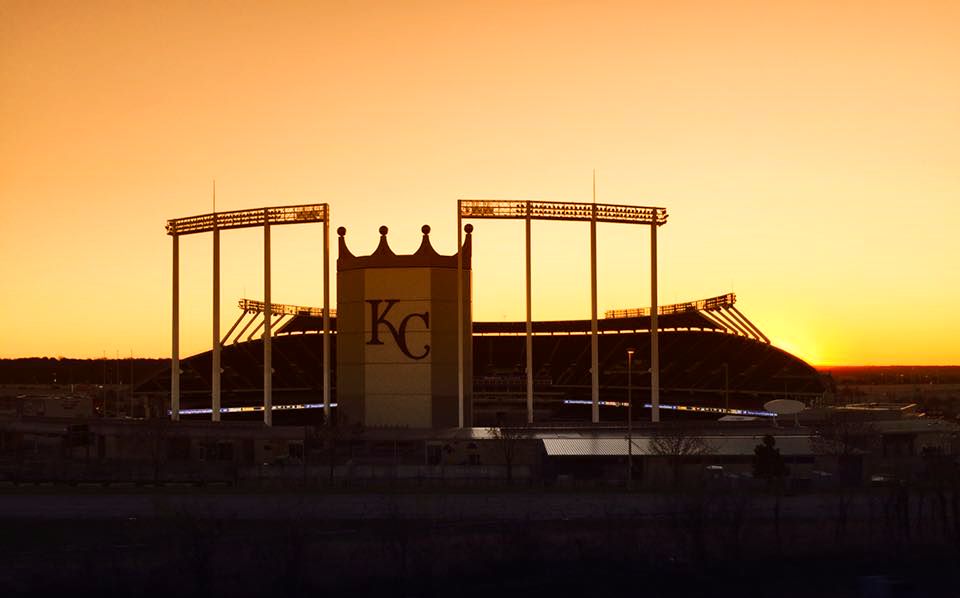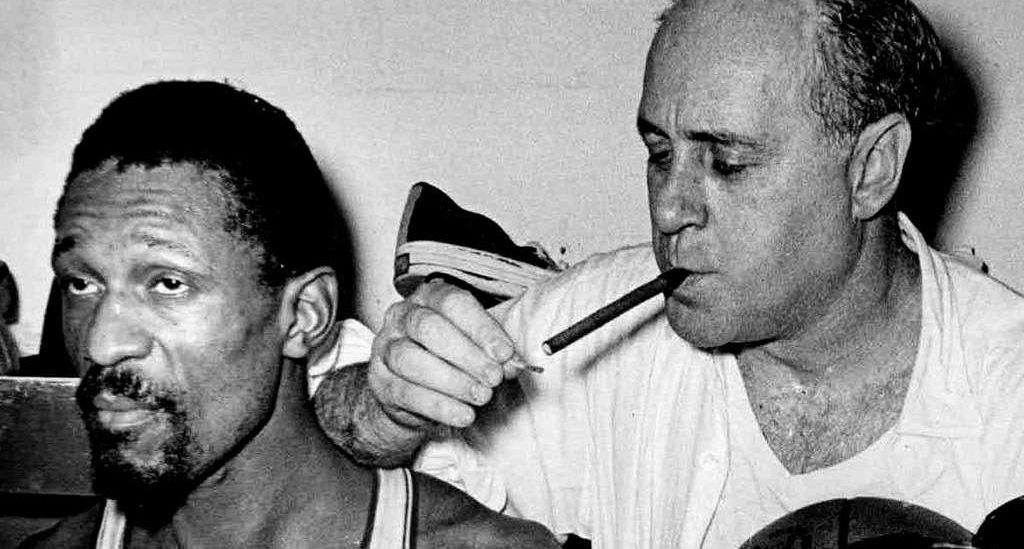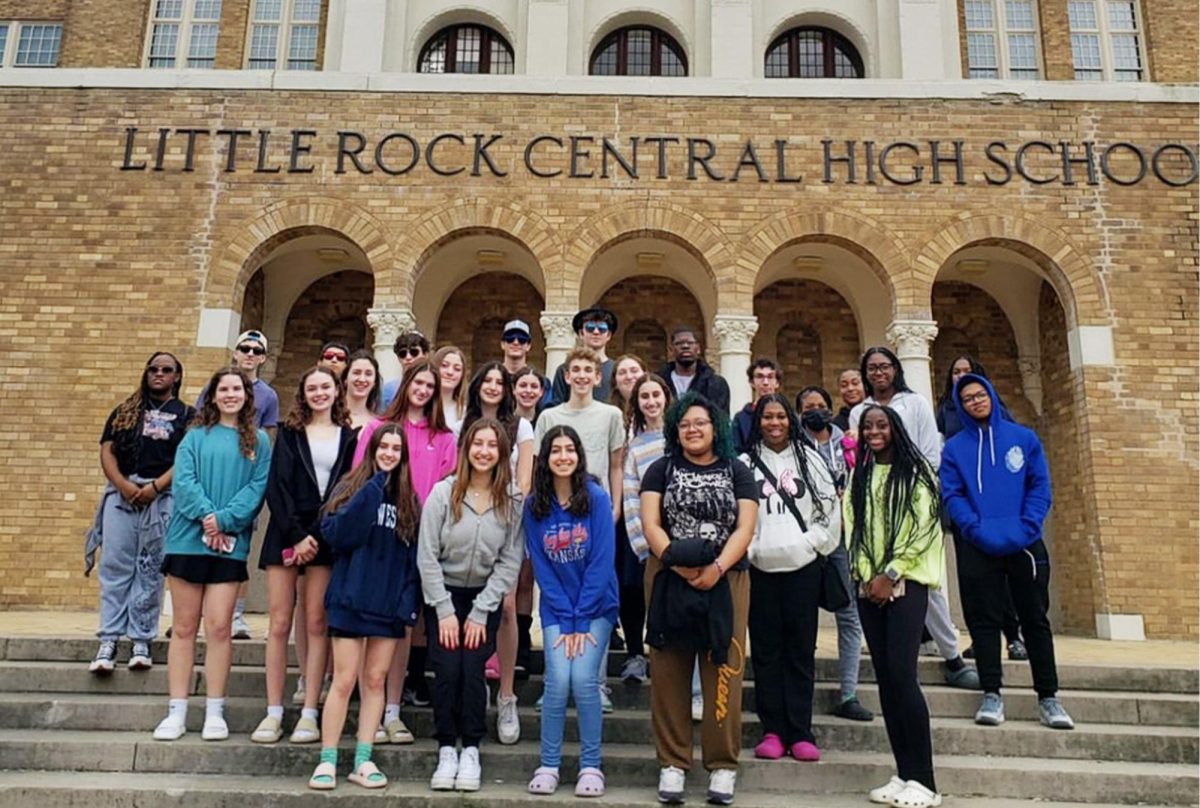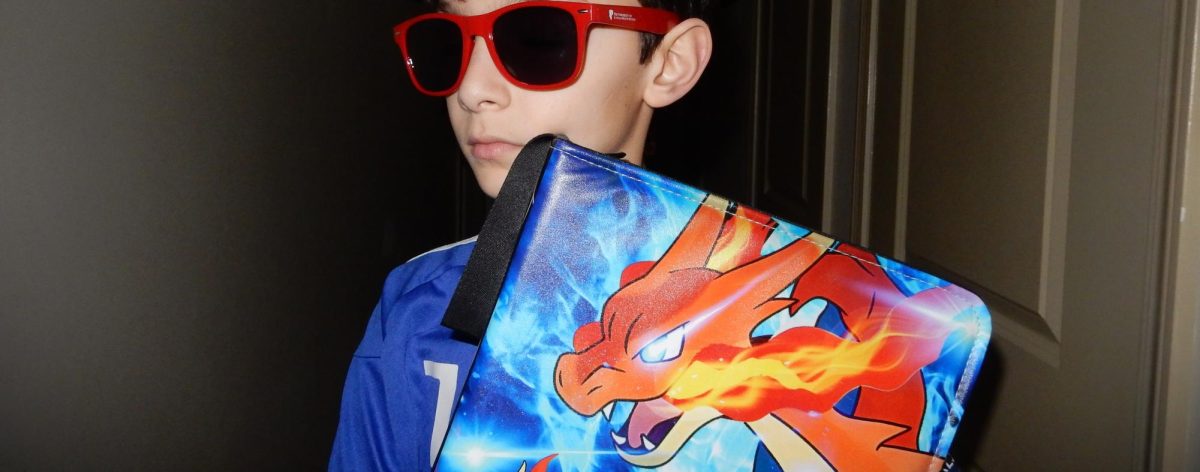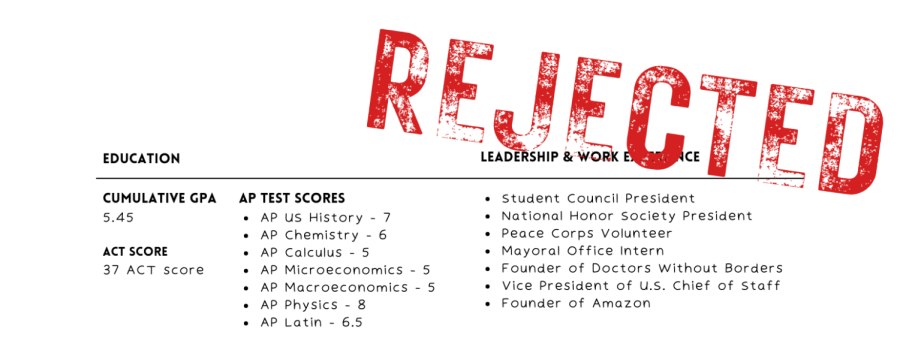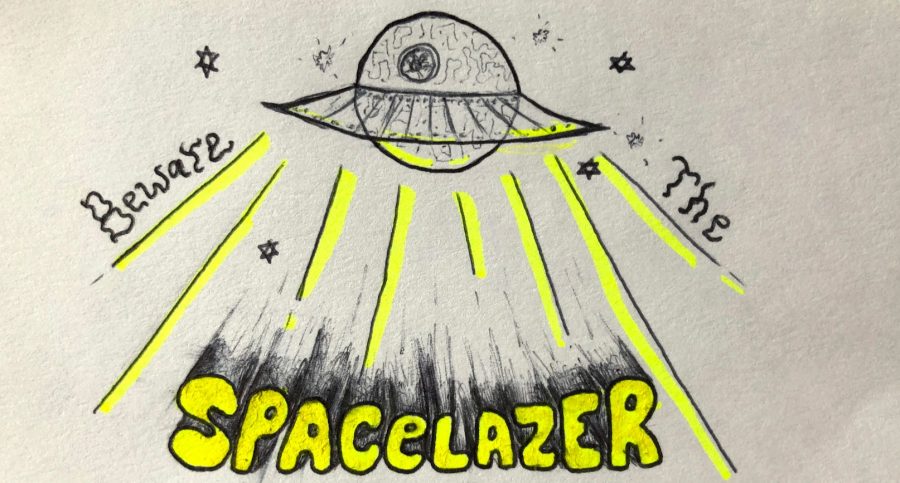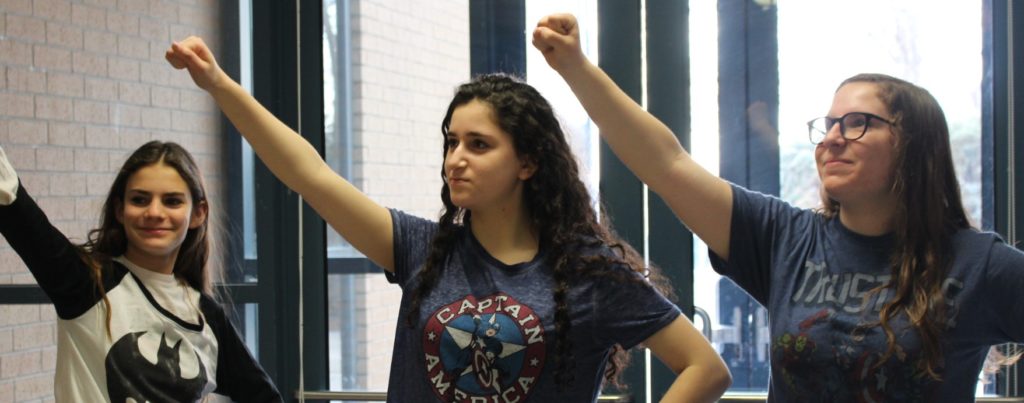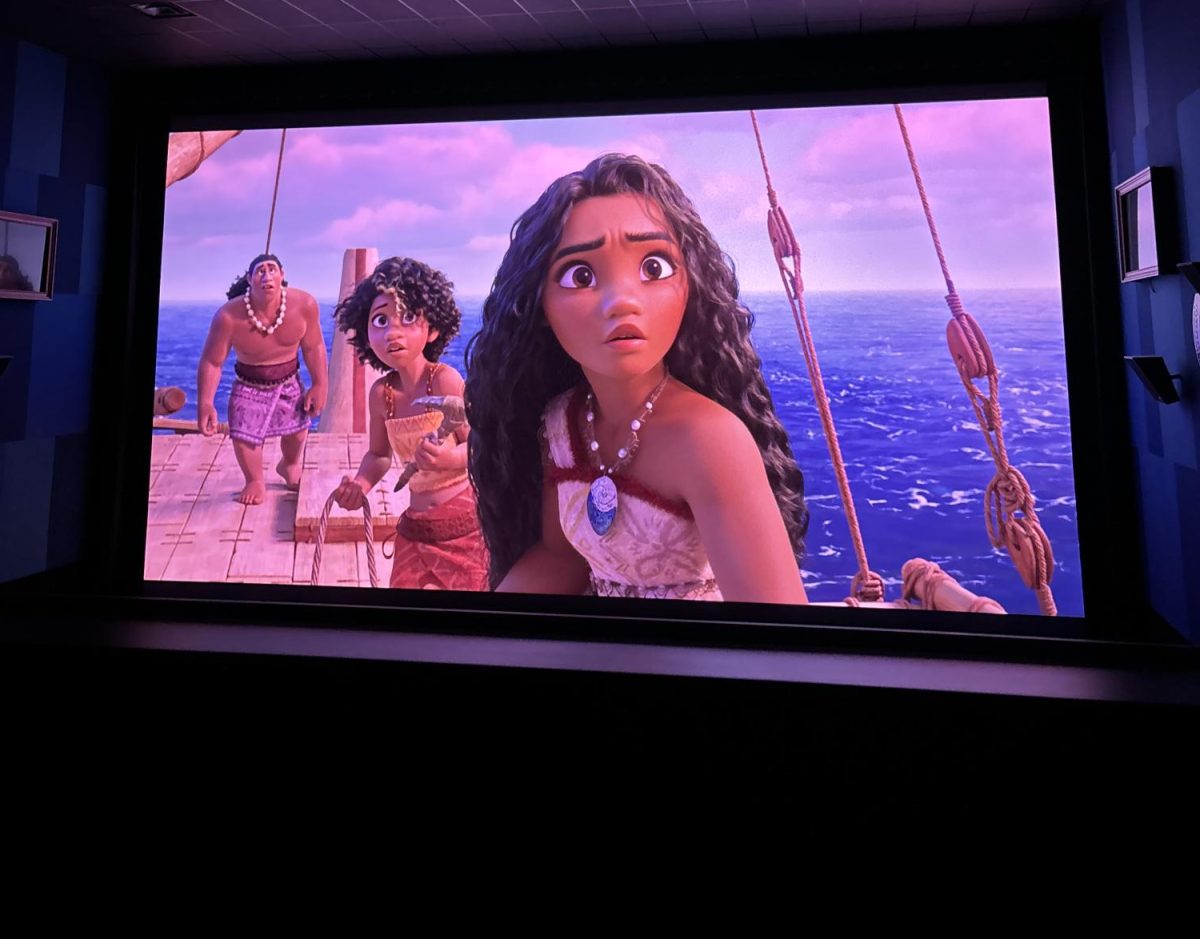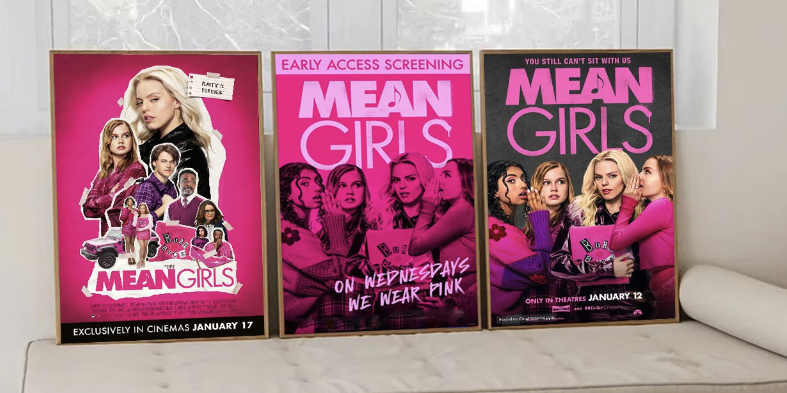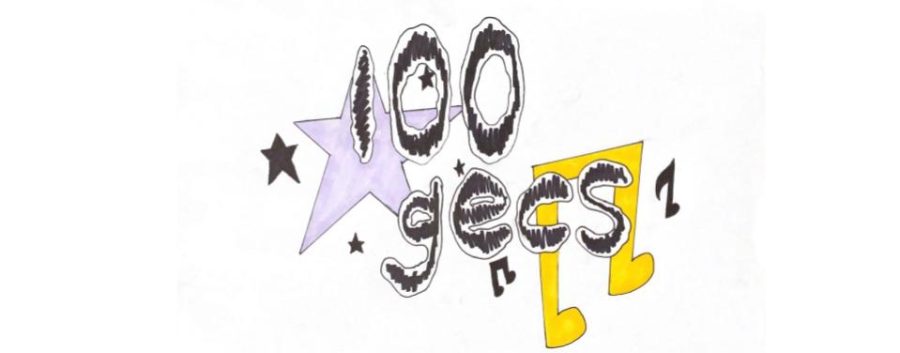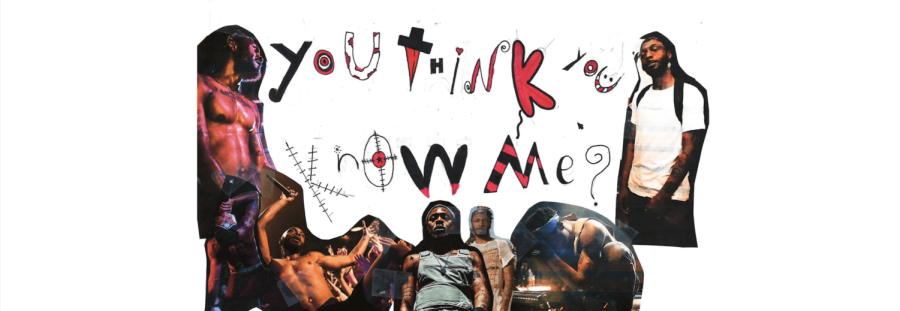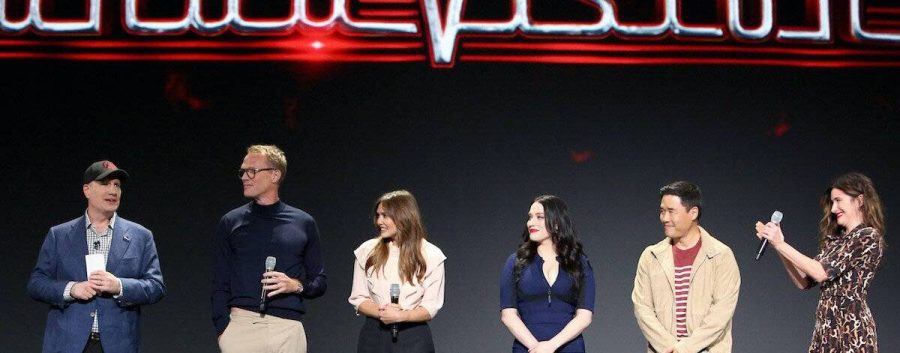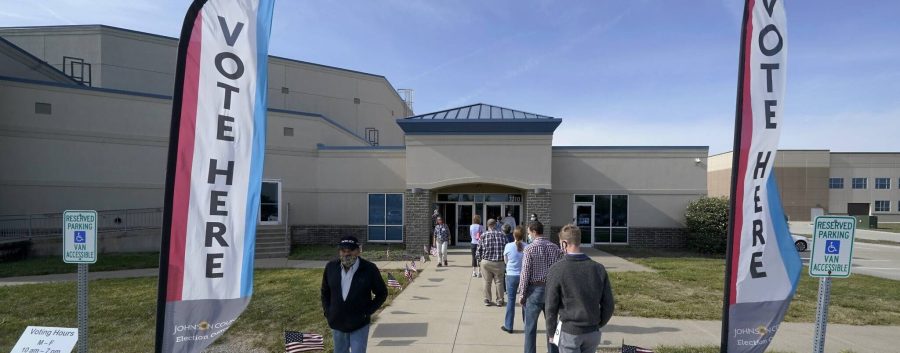Did you wish you could fly when you were young? Did you hope to wake up one morning with super strength or invisibility, with x-ray vision or telepathy? Did you want a cape fluttering in the wind behind you, your symbol plastered all over your city? Did you dream of being a superhero when you grew up? Whether or not it was your dream, superhero movies and television shows crop up regularly, made on a consistent basis with a consistently rising budget. These are movies that do not usually win awards, nor will they stand the test of time, but we keep making them anyway. The question, then, is why?
The first real American superhero was Superman, a Kryptonian sent to Earth as a baby who grew to be utterly invincible. Created by Jerry Siegel and illustrated by Joe Shuster in 1933 and sold to DC Comics in 1938, Superman has been a prominent figure in American pop culture for 85 years, and the franchises he’s inspired show no signs of fading.
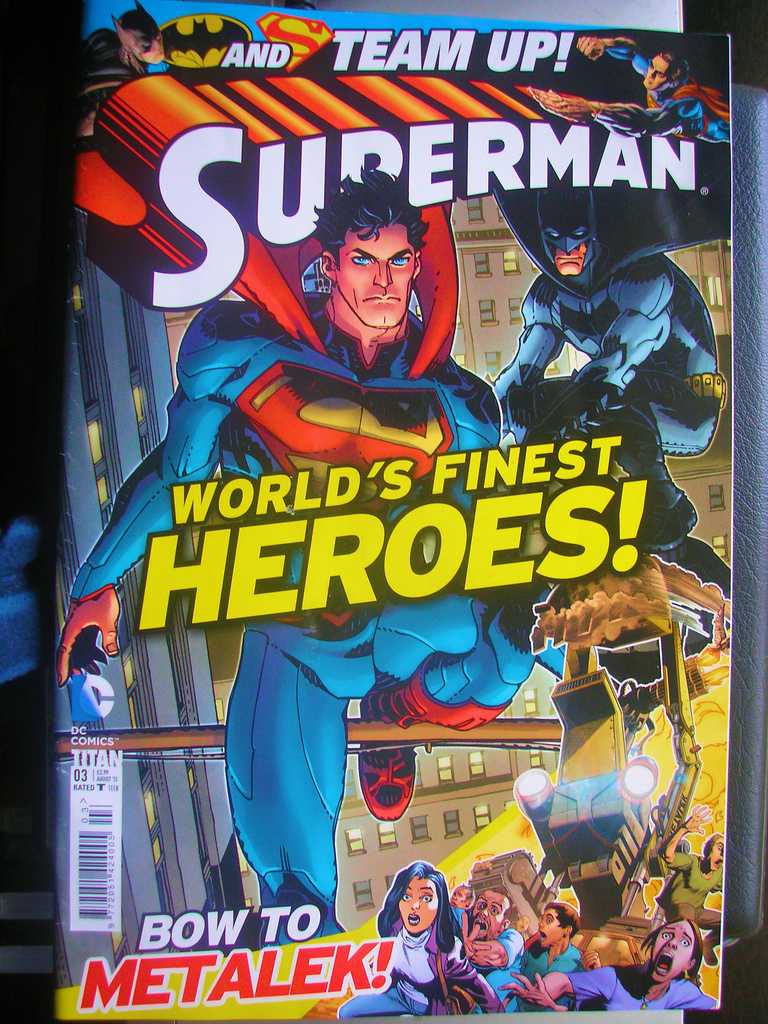
Larry Tye, a journalist and author of “Superman — The High-Flying History of America’s Most Enduring Hero” (a biography of the hero and his creators), stated that “Superman was popular because he came along at just the moment when the world was falling apart and America needed a hero it could believe in.”
Deep in the throes of the Great Depression, reeling from World War I and watching tensions continue to boil in Europe, Superman was an embodiment of hope for the American people. He stood for what’s right when the world seemed to be coming apart at the seams, he embodied the promise that there will be someone standing up for “truth, justice, and the American way” (his catchphrase). Even his colors were symbolic – his red, white, and blue made him recognizable as a true American hero.
Superman may have been the first hero to capture national attention, but he was quickly joined by Batman, Wonder Woman, and the rest of the Justice League over the next couple decades. Rival comic company Marvel joined the rush, bringing characters to life like Captain America, Black Widow, and Iron Man. They all started in comic books, then progressed to the big screen. Today, the Marvel Cinematic Universe boasts 17 movies since 2008, and DC has produced several iterations of each of their characters. Each company has raked in millions upon millions of dollars for their efforts, ensuring their movies a spot in American pop culture.
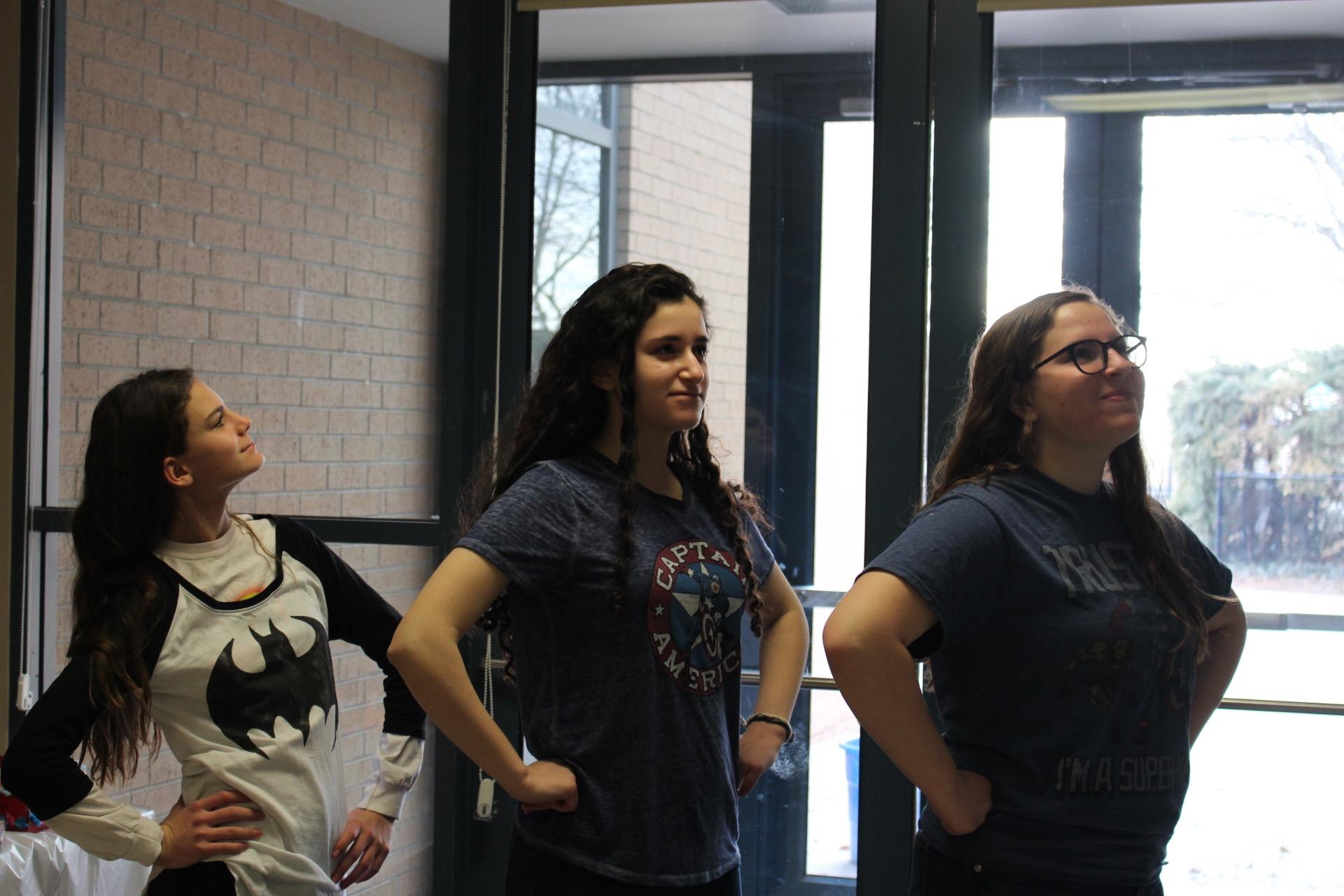
Though few heroes come with origin stories quite like Superman’s, they are still around today for a reason. Just as Superman was an American icon in the fight against injustice, Captain America was created to fight the Axis Powers, encapsulating the moral strength and superiority of American ideals and values during wartime.
Wonder Woman, an Amazonian princess and Greek goddess, originally fought Nazis as well. She came to represent much more, however, breaking the “damsel in distress” trope over and over again throughout her various character arcs and helping to bring comic books to female audiences.
These heroes are still household names, despite the fact that they are rarely seen fighting the Nazis they were originally intended to defeat. So why are they still around? Perhaps each of these characters remain because they grow and change with us. When the war ended, they did not die – instead, they adjusted, defeating the new villains that cropped up as time went on.
Larry Tye’s answer is that we still need what Superman originally represented. Society has evolved, our problems have evolved, so the heroes we’ve championed have evolved with us. “We want to see ourselves through our heroes, and Superman reflects the hero even the least secure of us thinks is deep within her or him, like it is within Clark Kent.” We borrow their strength, channel it, and apply it to our own lives — through them, we can become our own heros.


